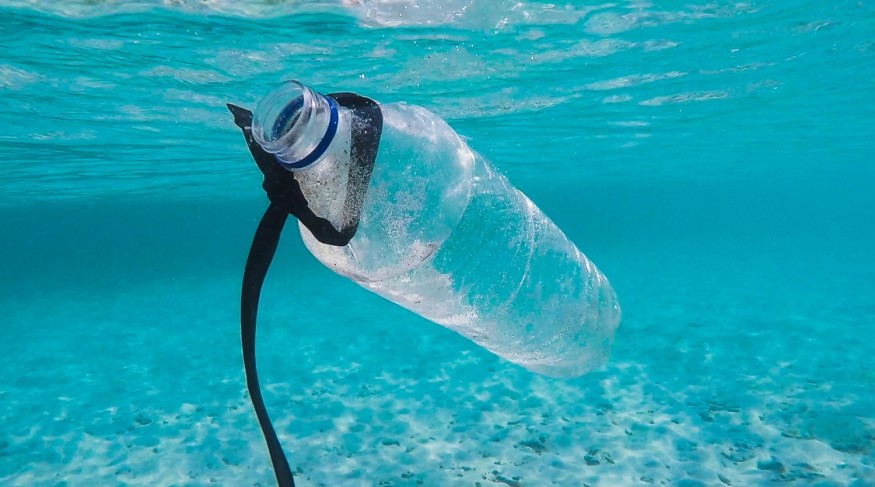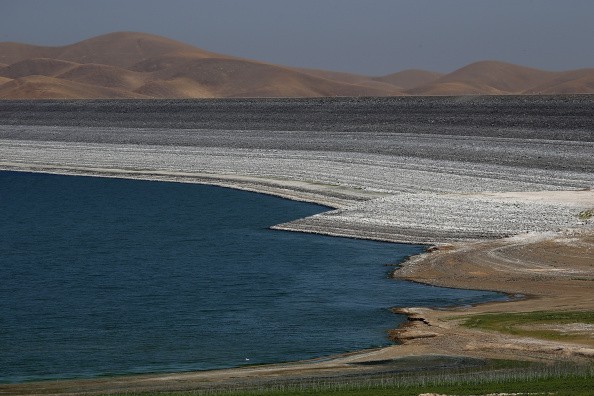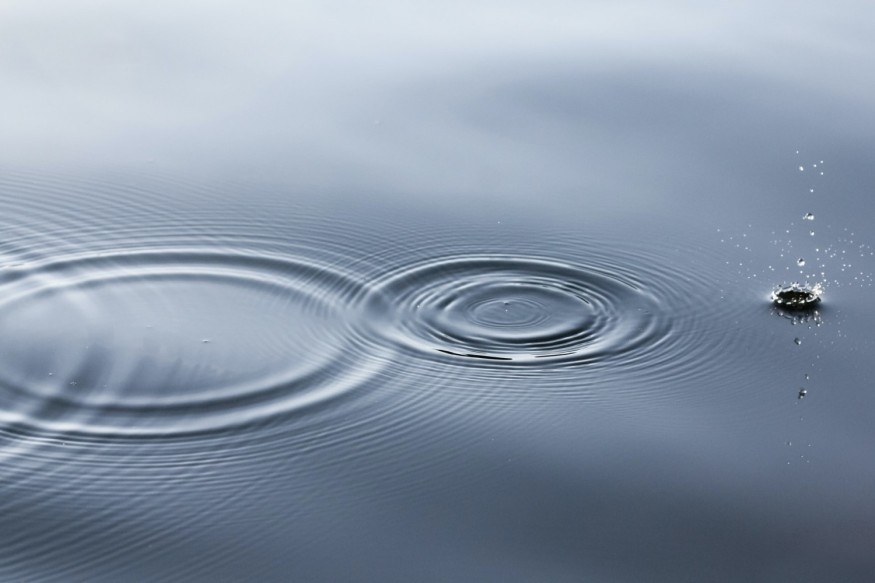Nitrogen fertilizers are necessary for food production for the entire planet, yet they may poison our water for decades if used in excess. A recent study identified six ways to combat nitrogen pollution and enhance water quality.

Management Efforts
Management efforts can be fruitless and unpleasant since it can take a long time to observe effects because nitrogen remains long. The University of Waterloo's study, which appears in Nature Geoscience, proposes a path for scientists, policymakers, and the general public to overcome the obstacles associated with this legacy nitrogen to enhance water quality more quickly in the future.
"Managing Nitrogen Legacies to Accelerate Water Quality Improvement" is a new study published in an online journal.
Read also: New Device Can Make Seawater Drinkable in Minutes: Can it Solve World's Freshwater Shortage?
Suggestion

The study's primary author, Nandita Basu, a professor of Earth and Environmental Sciences and Civil and Environmental Engineering at Waterloo, stated, "We have to think about the legacy we deliberately leave for the future from both the scientific and socio-economic sides." "This is a call to action for us to recognize the existence of these legacies and figure out how to make the most of them."
The study suggests the following six steps:
- To alter our expectations for conservation timescales, focus on determining the amount of time nitrogen persists in our ecosystems.
- Instead of introducing new nitrogen fertilizers to ecosystems that already have high nitrogen levels, find strategies to exploit the existing nitrogen as a resource for crop growth.
- Instead of a broad approach to conservation, focus on specific techniques to enhance water quality as much as possible.
- Combine strategies that capture nitrogen from historical legacies accumulated in the soil with measures that minimize the quantity of nitrogen that has already left the farm fields, such as wetlands.
- Monitor water quality on a big and small scale such that short-term outcomes may be seen on a farm field size, and long-term results can be monitored downstream in river basins.
- Include both short- and long-term cost-benefit evaluations when evaluating the economic impact of conservation efforts.
Improvement

Depending on the climate, past land use, and land management practices, nitrogen legacies vary worldwide.
As long as theoretical knowledge of these legacies, measurements, and monitoring has not yet been widespread enough to understand these differences and support water quality policies, where there is still hope for improvement in the short term, there is still hope for improvement in the long term.
According to Basu, "it's past time we stopped treating nitrogen legacy as the elephant in the room and designed watershed management techniques that can address this historical legacy." "We need to think about how we might improve our performance in the future."
For more environmental news, don't forget to follow Nature World News!
© 2025 NatureWorldNews.com All rights reserved. Do not reproduce without permission.





